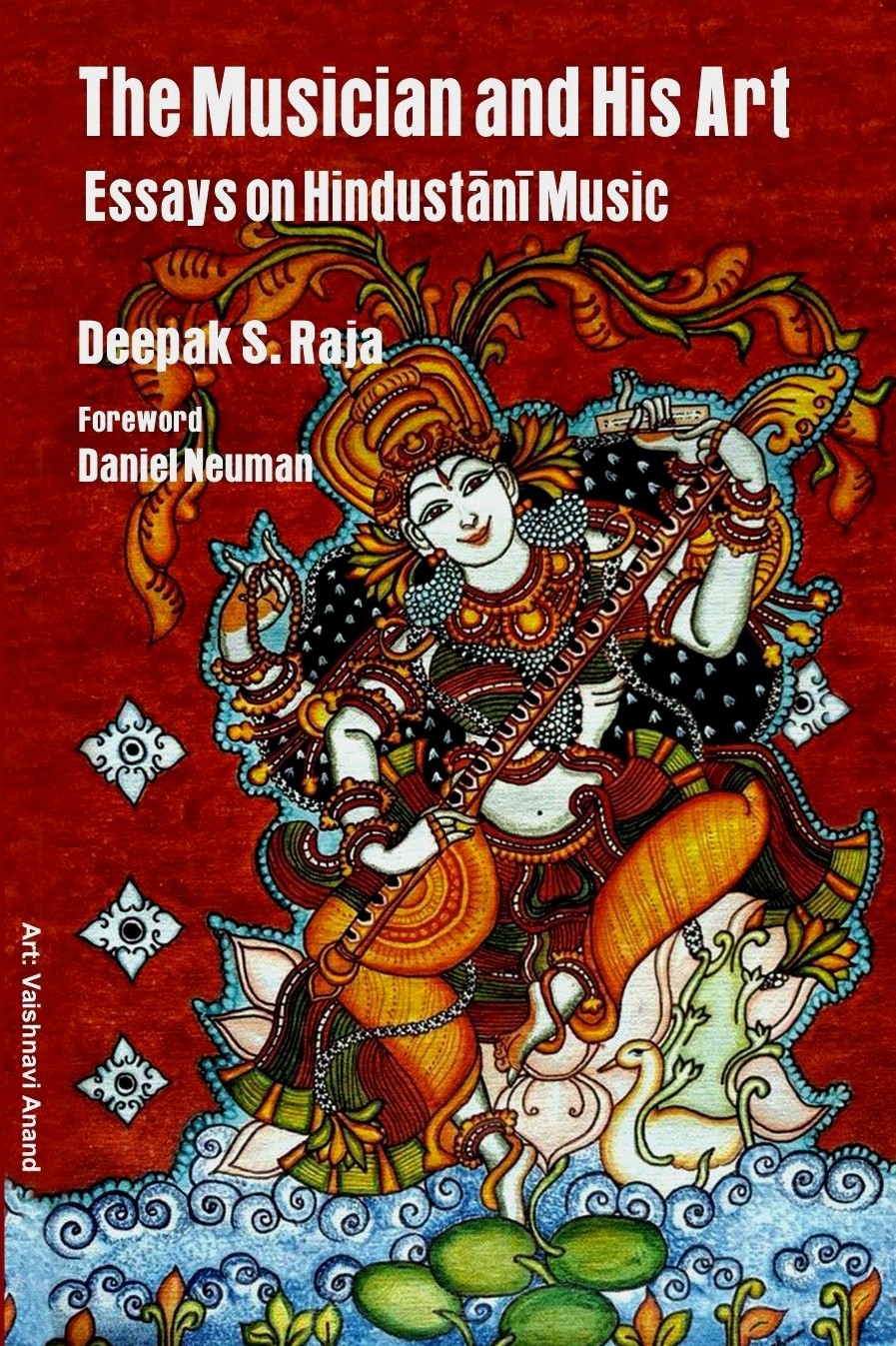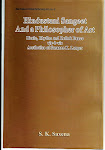Deepak Raja's second book is a comprehensive study of khayal vocalism through the stylistic analysis of nineteen contemporary vocalists. It is informed by the concept of "continuity within change", an approach which embraces "style" as the confluence of traditional gharana stylistics, contemporary non-gharana based stylistics and each artist's individual stylistic contribution.
"Continuity within change" is thus seen as an essential underpinning and strength of all Hindustani classical music, not just vocal music, and to a great extent responsible for its vitality and continued enjoyment by successive generations. The expansiveness and thoroughness of Mr. Raja's investigations are immediately apparent as he lays out the parameters of khayal vocalism drawing on notable scholarly sources to further document his analysis and make the case for his view of the elements that constitute khayal vocal style. With similar attention to detail, Mr. Raja provides an overview of the stylistics of each gharana intimately tied in with the crystalization of each gharana's style by the music of the seminal artist of each gharana, before delving into the analysis of individual contemporary artists.
Seriousness of intent and comprehensiveness are to be expected, and as noted above, Mr. Raja has more than fulfilled expectations. But, the presentation of an incisive method of analysis coupled with clarity of vision in its use, is rare. Mr. Raja has always had a special interest in the presentation structure of khayal vocalism. He has developed and expounds a critical approach based on the metaphor of architecture and uses it to great effect in his analyses, first identifying and delineating the basic khayal structures in use and then, after distinguishing sculpture (the shape of a phrase) from its ornamentation, goes on to make a critical assessment of their usage.
Writing on vocalists from both unique and varied stylistic backgrounds, Mr. Raja shows his method to be a valuable analytical tool applicable to all of them as a means of identification and comparison. This is a concise, well-considered methodology of comparative analysis, the brilliance of which is that its simplicity of application generates extensive results.
Equally valuable and fascinating, are Mr. Raja's interviews with the artists: he has a facility for extracting from each artist an intimate and revealing portrait in words. These interviews together with the stylistic/structural analyses provide an unparalleled and integrated overview of each artist's life and musical life as a khayal vocalist, and of the state of contemporary khayal.
It is personally gratifying to me that I was in the position to nurture the development of Mr. Raja's thoughts on the various aspects of khayal music into a cohesive and integrated critical assessment of khayal vocalism and khayal vocalists. I am particulalry pleased that Mr. Raja has been able the extrapolate so much from the diverse group of vocalists that I have chosen to record, a group that does not include many of the most famous names, but does include a fair share of less-known and virtually unknown artists.
Artistry of a high order and thoughtful individuality mark both the artists examined and the resulting examination.There is nothing quite like this wonderful book in my experience of Indian classical music analysis.
Lyle Wachovsky
India Archive Music Ltd. New York
August 7, 2008
Subscribe to:
Post Comments (Atom)





No comments:
Post a Comment